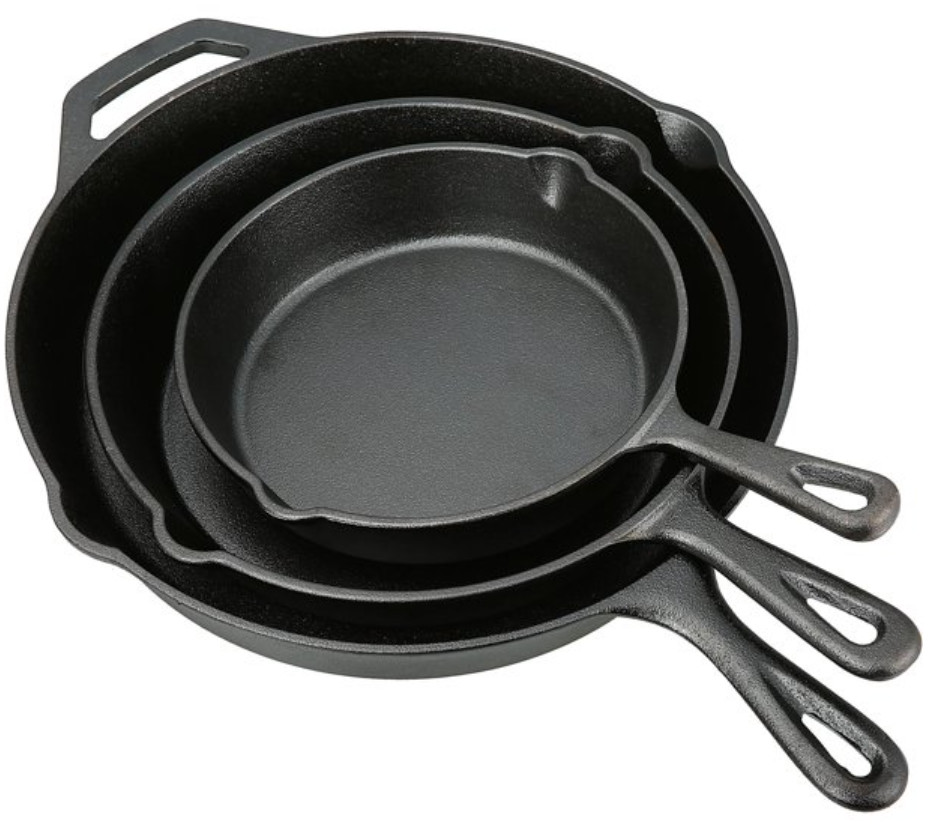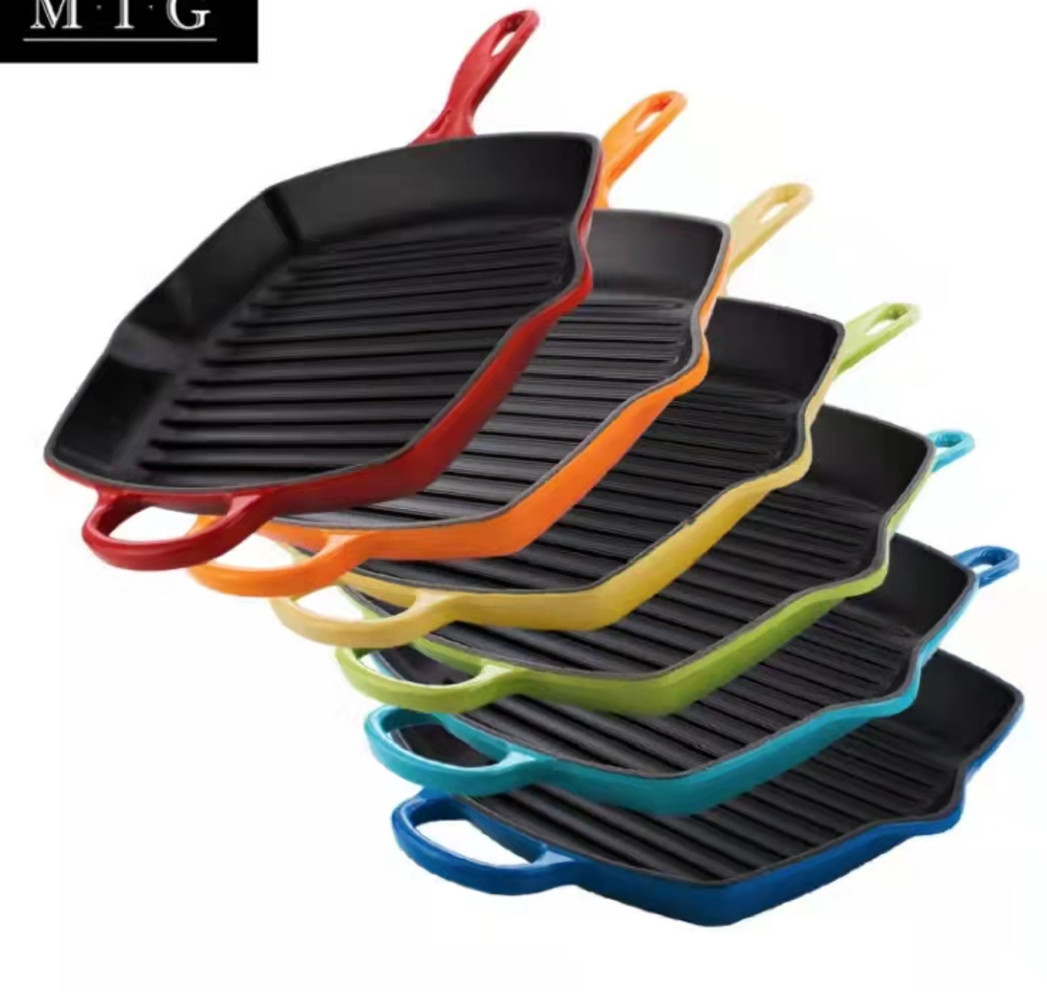- 150m Suidwaarts, West DingWei Road, Nanlou Village, Changan Town, GaoCheng Area, Shijiazhuang, Hebei, China
- monica@foundryasia.com
Jun. 12, 2023 18:48 Terug na lys
WAT IS GIETYSTER KOOKWARE
Wat is gietyster kookgerei:
Gietyster kookware is swaardiens kookware wat gemaak is van gietyster word gewaardeer vir sy hittebehoud, duursaamheid, vermoë om teen baie hoë temperature gebruik te word, en kleefvrye kook wanneer dit behoorlik gekruid is.
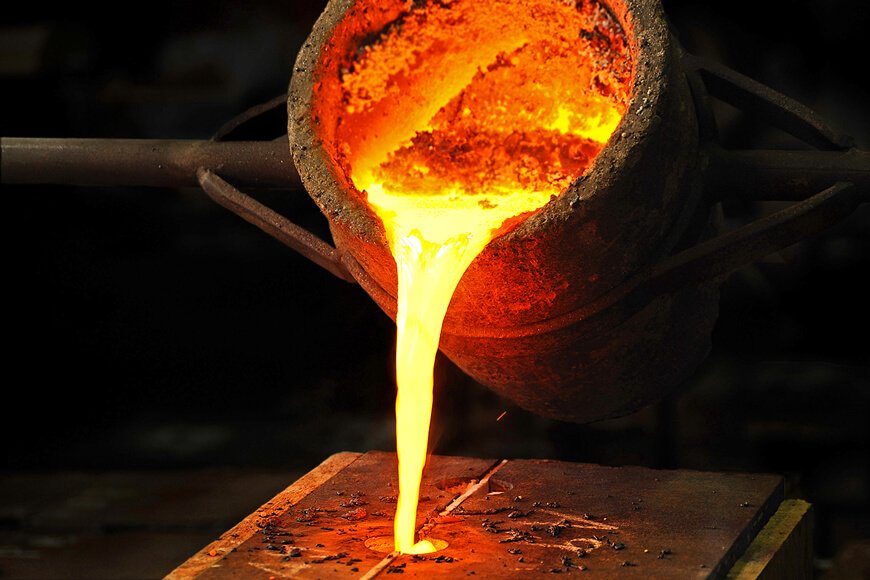
Geskiedenis van gietyster kookware
In Asia, particularly China, India, Korea and Japan, there is a long history of cooking with cast iron vessels. The first mention of a cast-iron kettle in English appeared in 679 or 680, though this wasn't the first use of metal vessels for cooking. The term pot came into use in 1180. Both terms referred to a vessel capable of withstanding the direct heat of a fire. Cast-iron cauldrons and cooking pots were valued as kitchen items for their durability and their ability to retain heat evenly, thus improving the quality of cooked meals.
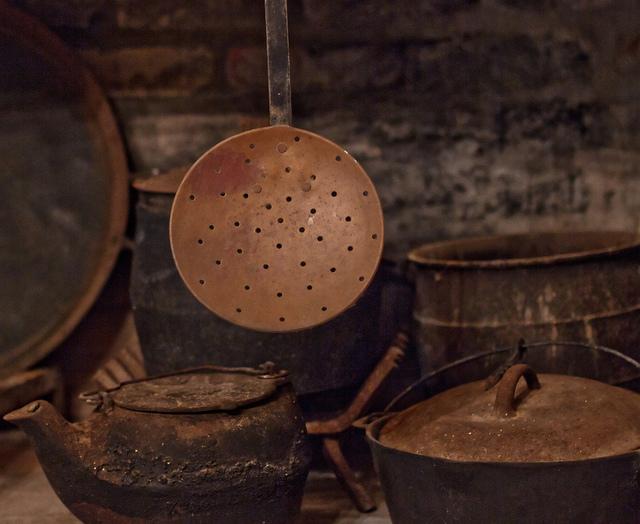
In Europa en die Verenigde State, voor die bekendstelling van die kombuisstoof in die middel van die 19de eeu, is maaltye in die vuurherd gekook, en kookpotte en -panne is óf ontwerp vir gebruik in die vuurherd, óf om daarin opgehang te word.
Cast-iron pots were made with handles to allow them to be hung over a fire, or with legs so that they could stand in the coals. In addition to Dutch ovens with three or four feet, which Abraham Darby I secured a patent in 1708 to produce, a commonly used cast-iron cooking pan called a spider had a handle and three legs allowing it to stand upright over campfires as well as in the coals and ashes of a fireplace.
Kookpotte en -panne met beenlose, plat bodems het in gebruik gekom toe kookstowe gewild geword het; hierdie tydperk van die laat 19de eeu het die bekendstelling van die woonstel gesien
cast-iron skillet.
Gietyster kookware was veral gewild onder tuisteskeppers gedurende die eerste helfte van die 20ste eeu. Dit was 'n goedkoop, dog duursame kookware. Die meeste Amerikaanse huishoudings het ten minste een gietyster-kookpan gehad.
Die 20ste eeu het ook die bekendstelling en popularisering van emalje-bedekte gietyster kookware gesien.
Today, of the large selection of cookware that can be purchased from kitchen suppliers, cast iron comprises only a small fraction. However, the durability and reliability of cast iron as a cooking tool has ensured its survival. Cast-iron pots and pans from the 19th and 20th century continue to see daily use to the present day. They are also highly sought after by antique collectors and dealers. Cast iron has also seen a resurgence of its popularity in specialty markets. Through cooking shows, celebrity chefs have brought renewed attention to traditional cooking methods, especially the use of cast iron.
Noodsaaklike produkte
Tipes gietyster-kookware sluit in braaipanne, Nederlandse oonde, roosters, wafelysters, panini-pers, diepbraaiers, woks, fondu en potjies.
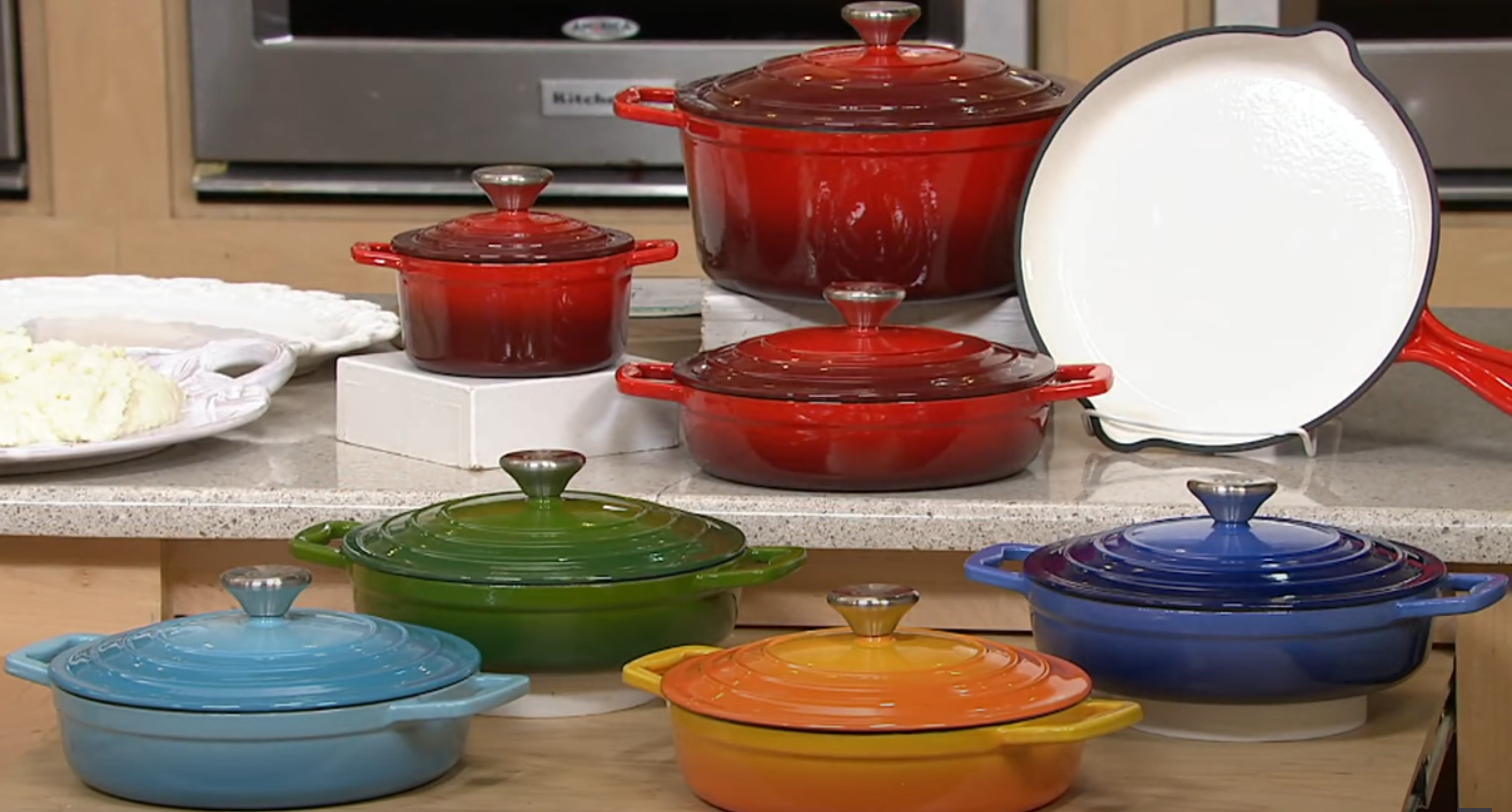
Voordele van gietyster kookware
Cast iron's ability to withstand and maintain very high cooking temperatures makes it a common choice for searing or frying, and its excellent heat retention makes it a good option for long-cooking stews or braised dishes.
Because cast-iron skillets can develop a "non-stick" surface when cared for properly, they are excellent for frying potatoes or preparing stir-fries. Some cooks consider cast iron a good choice for egg dishes, while others feel the iron adds an off-flavor to eggs. Other uses of cast-iron pans include baking, for instance for making cornbread, cobblers and cakes.
Many recipes call for the use of a cast-iron skillet or pot, especially so that the dish can be initially seared or fried on the stovetop then transferred into the oven, pan and all, to finish baking. Likewise, cast-iron skillets can double as baking dishes. This differs from many other cooking pots, which have varying components that may be damaged by the excessive temperatures of 400 °F (204 °C) or more.
-
Product introduction of Changan Cast Iron Co., LTD
NuusJan.24,2024
-
The Impact of the Leidenfrost Effect on Non-Stick Properties of Cast Iron Titanium Coated Cookware
NuusJan.24,2024
-
Verken die kulinêre skeiding——Gietyster kasserol vs gewone kasserol
NuusJan.03,2024
-
Verpakkingswerkswinkel herrangskik met rakke en 3D-berging vir goedere
Nuus29 Desember 2023
-
Die skoonmaak van 'n gebruikte gietyster-emaljepot kan effektief met die volgende stappe gedoen word:
Nuus27 Desember 2023
-
Metallografiese struktuur vir emalje op gietyster
Nuus27 Desember 2023
